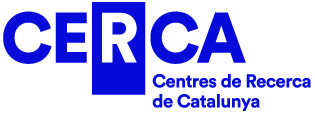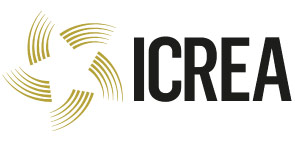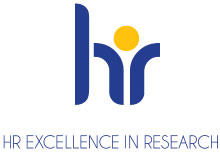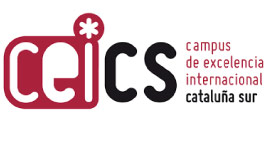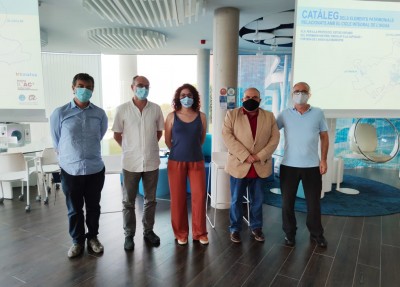
We presented this July 14, 2020, the Catalogue of heritage elements related to the water cycle, the first result of a knowledge transfer project that lists and documents 104 heritage elements located in Tarragona, Pallaresos, La Canonja and El Catllar.
This project responds to the collaboration agreement signed by EMATSA, the Catalan Institute of Classical Archaeology (ICAC) and the Rovira I Virgili University (URV) for the dissemination of the integral water cycle in the field of classical archaeology and historical heritage.
EMATSA president, Jordi Fortuny, highlighted the good work done through institutional collaboration, which “we want to make it long and fruitful”, and he added, “we have partnered with experts who have the technical and academic competence to study and catalogue our rich heritage linked to water.”
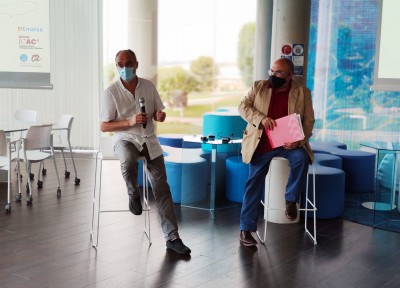
For his part, Josep M. Palet, ICAC director, highlighted the heritage component of the project “which is where the knowledge transfer actions can be clearly visible.” In this sense, he also pointed out that water structures “are lines in the landscape that become organizing elements of people’s lives”.
An important feature also mentioned by Josep M. Toldrà (URV), who pointed out that “this catalogue is an example of synergy between architecture and archaeology that shows how territorial logic shapes services”, and stressed the importance to have this first document because “knowing is the first step to value”.
The document carried out by the ICAC and the Architecture School of the URV (ETSA), under the supervision of Josep M. Macias, ICAC researcher, has had extensive bibliographic documentation and field-work that has listed, mapped and catalogued a set of 104 heritage elements resumed into 83 points of interest:
- 8 aqueducts and water systems
- 12 mills and other structures
- 12 pipes and sections
- 11 wells
- 21 towers and respirators
- 12 water tanks and cisterns
- 28 fountains and watering holes
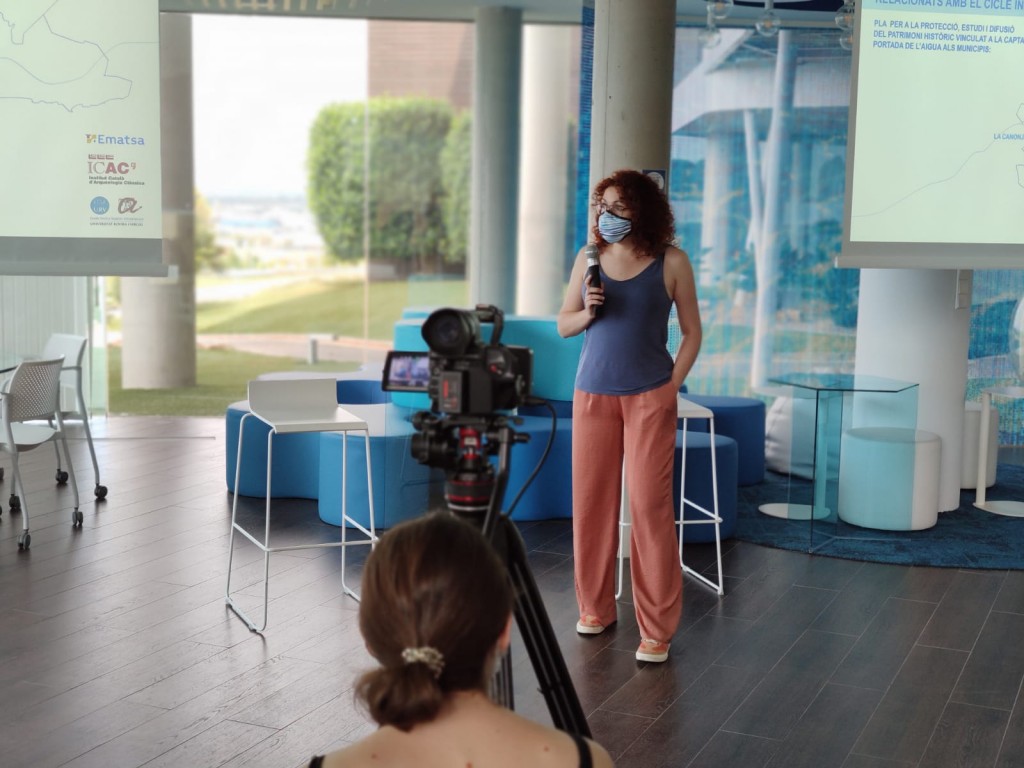
Each catalogued point of interest has an information sheet that includes a photograph, the description of the heritage data, the historic background, and the reviewed documentation. Likewise, each element is located on a map of the area and includes a technical assessment of its heritage interest and the state of conservation.
In addition, there is also a cartographic database with the geolocation of all the heritage elements to create an open online resource to get access to all the information.
This project is the first action of the collaboration agreement signed by EMATSA, the ICAC and the URV for the promotion of research and the preservation and dissemination of the archaeological and historical heritage related to the collection and distribution of water in the municipalities of Tarragona, Pallaresos, Canonja and Catllar.
Check out the summary of the catalogue here (in Catalan).
«Acueductos, molinos, fuentes… La arquitectura que nos trajo el agua», Diari de Tarragona.
«EMATSA, ICAC i la URV elaboren el “Catàleg d’elements patrimonials vinculats al cicle de l’aigua”», Tac12.
«Un centenar d’elements patrimonials estan vinculats al cicle de l’aigua als municipis gestionats per Ematsa», InfoCamp de Tarragona.
«EMATSA converteix l’aigua en element de patrimoni històric», Diari Digital Tarragona21.
«L’ICAC, EMATSA i la URV s’uneixen per preservar el patrimoni», Ràdio Ciutat Tarragona.
«Ematsa, l’ICAC i la URV documenten 104 elements patrimonials vinculats al cicle de l’aigua», La Ciutat.
«Ematsa, l’ICAC i la URV documenten 104 elements patrimonials vinculats al cicle de l’aigua», Tarragona Ràdio.
«Documentats 104 elements patrimonials vinculats al cicle integral de l’aigua a Tarragona, els Pallaresos, la Canonja i el Catllar», Diari Digital de la URV.


